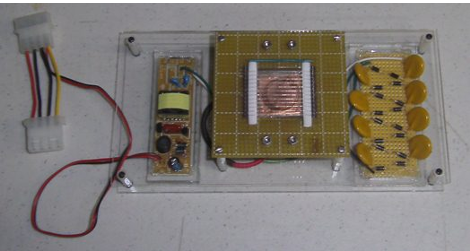
[Dimitri] sent in a project he’s been working on that implements a Java Virtual Machine purely in C, and is easily portable between microcontrollers such as the AVRs and PICs we normally see, ARM devices, and even the lowly 386.
Before going into the ‘how’, [Dimitri] first covers why he wanted to run Java bytecode on a microcontroller. Basically, he found existing solutions like the Arduino environment too complex for people just wanting to program a chip. Arduino and PICAXE require C-like syntax and pointers; not the easiest thing when everyone and their mother can program in Java.
As for how [Dimitri] managed to pack a JVM into a microcontroller, that’s another story entirely. Everything in the JVM, from double, long, and float data types to exceptions, neat thread-related functions such as ‘synchronize’ and even methods such as String.charAt() and String.length() are completely optional. If your microcontroller is too small, just disable the functions you don’t need.
As for how well – and how fast – μJ is able to run, [Dimitri] threw up a demo of an ATMega644 and PIC24 running his JVM and a small Java app. You can check those videos out after the break, or just download the source for μJ on [Dimitri]’s site.
Continue reading “μJ, A Java Virtual Machine For Microcontrollers”














